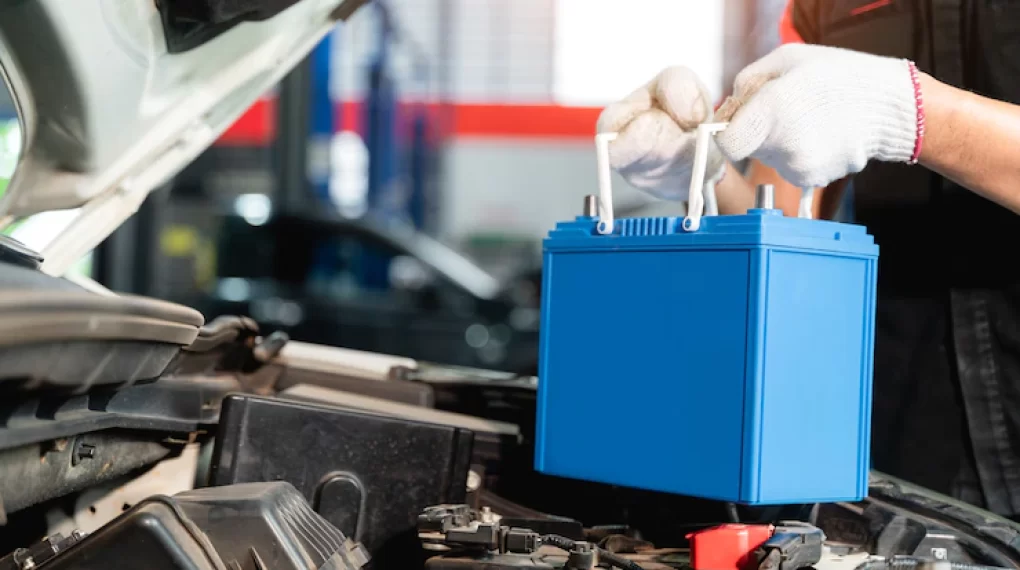
Where would we be without batteries?
While the evolution of technology tends to be focused on the continuous improvement of the performance of our electronic items, behind the scenes, it is the battery that runs those same devices that are crucial to their ongoing functioning.
It is easy to forget the extent to which batteries run our lives. Laptops, smartphones, and electric vehicles are the everyday items that get the most media coverage.
However, behind the scenes, there are thousands of devices that are working hard to keep our entire infrastructure supported – from forklift trucks in distribution centers to lone worker devices on oil rigs, to herd management systems on livestock farms.
Using Intrinsically Safe Batteries

The most important criterion when commissioning battery-run equipment is that they contain intrinsically safe batteries. What this means is that the equipment should not produce sparks and should not release electrical or thermal energy that could cause a fire.
This is as important in the home as it is in the workplace. The quality of the battery is important, as cheap alternatives may not be properly tested and may not carry the necessary warranties and guarantees that you may need if an incident does occur, so always follow the manufacturer’s instructions when replacing any existing batteries.
Beyond that, you want to ensure that your battery performs well and that its productive life is prolonged as much as possible. To ensure this, a battery maintenance checklist will help you to maintain good battery health for as long as possible.
Create A Battery Maintenance Checklist

In the workplace, a health and safety manager is responsible for ensuring that electrically powered equipment is powered and maintained to acceptable standards as set out by the Health & Safety Executive, and there is ample information and advice available to ensure that organizations are compliant according to the law.
However, at work or home, there are several areas that individuals need to be aware of that can be done to contribute to overall safety.
These include:
- Never smoke or place a battery near an open flame or in an area where there are lots of sparks (such as a metal workshop).
- When storing batteries, or charging them, make sure this is done in a clean and dry area.
- Ensure that there is also adequate ventilation during the charging process. Heat is one of the biggest enemies of battery health and safety. Creating a cool, well-ventilated area for charging is important.
- When a battery comes into contact with metal, you run the risk of electrocution. So make sure you keep metal away from the batteries. Watch out for items such as jewelry and belt buckles.
- Do not put an overheated battery on to charge. If the battery is hot to the touch, allow it to cool down before putting it on to charge.
- The length of use is important to maximizing its efficiency. In an ideal world, you do not want to discharge a battery by any more than 80 percent of its capacity. Manufacturers often state that the ideal usage cycle is six hours of use, followed by eight hours of charge and then four hours of cool down. Always refer to the equipment manufacturer for guidance, and make sure that you follow their specific advice.
- Finally, always handle batteries with respect and care, particularly larger industrial batteries. Wear protective eye gear and gloves. Never forget that the battery contains corrosive acid that can cause injury if it comes in direct contact with the skin.
If in any doubt at all, check with your equipment manufacturer.
Read Also:






